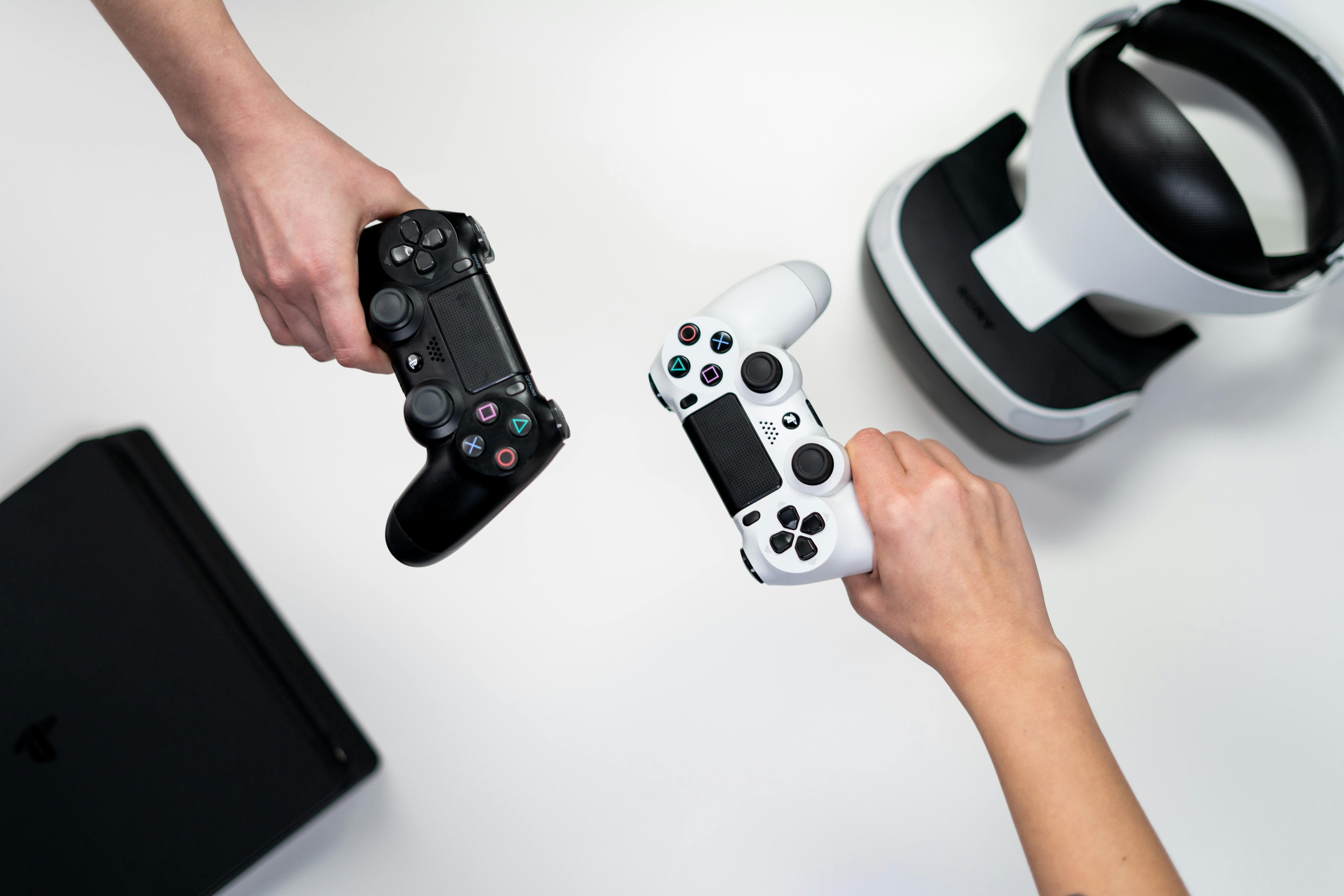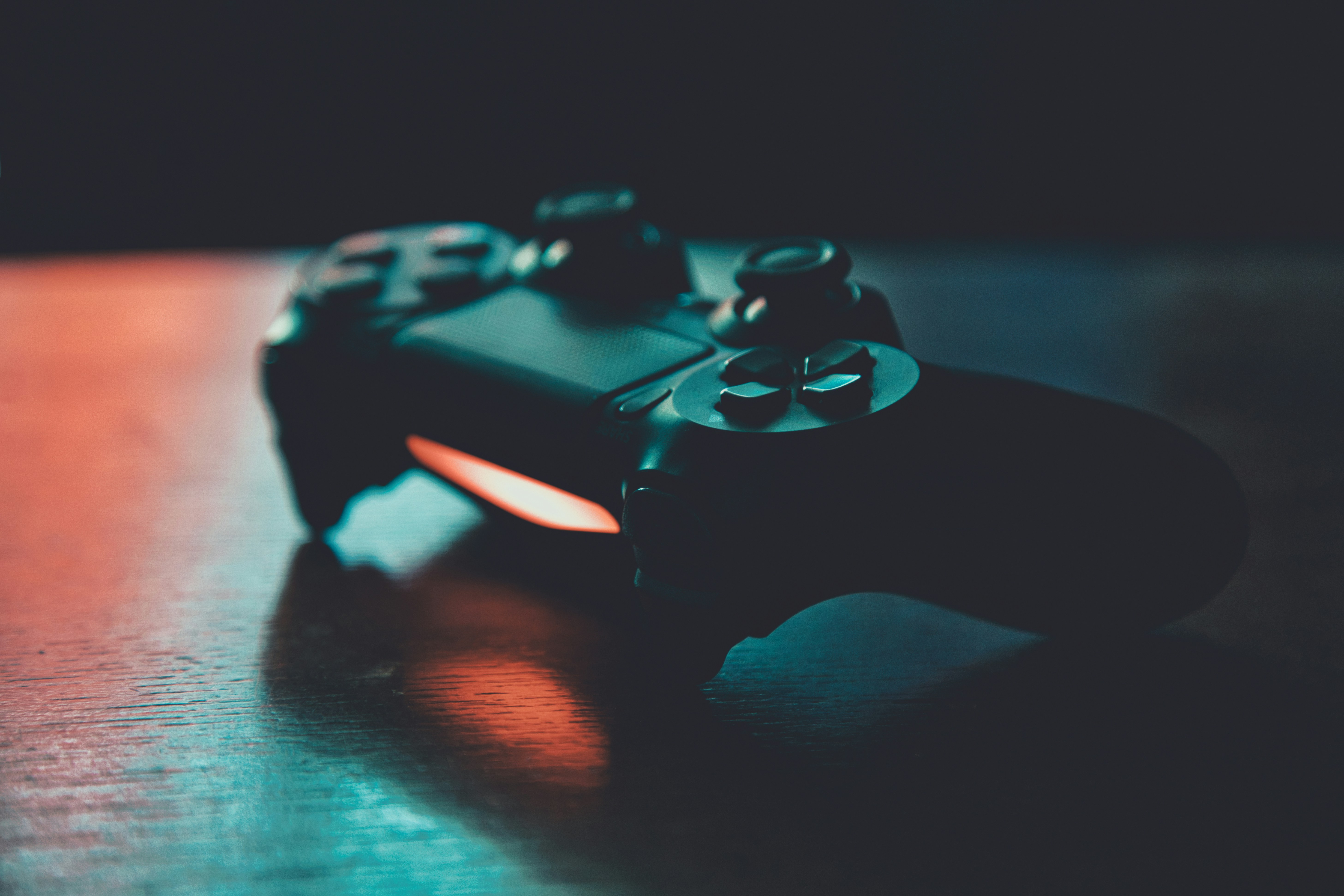Routine launches on December 4, 2025, across PC, Xbox, and Xbox Game Pass, marking the end of a 13-year journey for Lunar Software. After more than a decade of development delays, restarts, and platform changes, the survival horror game is finally arriving. Just one month before launch, IGN revealed the C.A.T. Ultraview Module, a piece of equipment that serves as your primary tool for navigating the abandoned lunar base where Routine takes place. This isn’t just another inventory item. It’s the literal lynchpin of how exploration, combat, and problem-solving work in the game.
What Is the Cosmonaut Assistance Tool
C.A.T. stands for Cosmonaut Assistance Tool, and it’s essentially a retrofuturistic Swiss Army knife designed for lunar base engineers to maintain systems, access terminals, and navigate hostile environments. The device is central to Routine’s immersive survival horror design. Rather than having a traditional inventory system or HUD cluttered with tools and weapons, everything funnels through the C.A.T. and its various configurations.
The Ultraview Module represents an upgraded version of the basic C.A.T., introducing enhanced viewing capabilities that provide critical information about your surroundings. In a game designed around exploration and puzzle-solving, the ability to scan environments, identify hazards, and spot critical systems becomes a gameplay necessity rather than a convenience feature.
How the C.A.T. Functions In Routine
The C.A.T. serves multiple critical functions. First, it acts as a terminal access device, allowing you to interact with the lunar base’s computer systems. These terminals provide clues, unlock doors, activate life support systems, and ultimately help unravel the mystery of what happened to the base. The Ultraview Module enhances this by displaying system diagnostics and environmental information on its screen.
Secondly, the C.A.T. functions as an environmental navigation tool. The lunar base is dark, maze-like, and filled with procedurally-generated dangers. The C.A.T.’s light source helps you navigate while searching for resources like batteries and floppy disks. These floppy disks can actually alter the C.A.T.’s specifications, changing things like screen refresh rate or flashlight brightness. Your tool evolves as you progress and adapt to different situations.

Combat Without Combat Glory
Here’s where Routine’s design philosophy becomes clear. The C.A.T. can be used as a weapon, but only as a last resort. In emergency scenarios where you absolutely cannot avoid an enemy, the device can temporarily stun hostile robots. However, this consumes battery power, and batteries are limited resources. You can’t just stun-lock your way through every threat.
This creates intentional tension. Do you use precious batteries fighting, or do you run and hide? Do you find a dark corner to crouch in and let the threat pass? Can you slip past enemies without being detected? Routine emphasizes stealth and avoidance over direct combat. The C.A.T. is your tool, but using it as a weapon should be a desperate measure, not a strategy. This forces players to actually be afraid of threats rather than confident they can overcome them.
Survival Through Battery Management
The C.A.T. requires batteries to function, and this requirement creates constant resource pressure. Finding batteries scattered throughout the lunar base becomes a critical survival concern. Do you use batteries for light to navigate? Do you save them for emergency weapon use? Do you sacrifice visibility to conserve power? Every battery decision carries weight.
When batteries run low, the C.A.T. loses functionality. The Ultraview screen might dim or flicker. Your light grows weaker. Navigation becomes harder. This creates environmental storytelling through deprivation. The lunar base feels increasingly hostile and claustrophobic as resources dwindle. It’s not just a mechanical system. It’s an atmosphere generator.

The 1980s Retrofuturism Connection
Routine’s entire aesthetic stems from the question “What if the 1980s became the jumping-off point for the future?” That means the C.A.T. Ultraview Module doesn’t look like sleek sci-fi tech. It looks like bulky 1980s computer equipment that happened to be sent to the moon. The device is tactile and mechanical rather than holographic or minimalist.
This aesthetic choice affects gameplay immersion dramatically. Routine is designed for maximum immersion with minimal UI. By making the C.A.T. a physical, believable 1980s device, the game naturally integrates its tool into the world rather than having floating menus break the fourth wall. When you look down, you see your body. When you use the C.A.T., you’re genuinely holding a device from a retro-future vision.
Permadeath and Unforgiving Design
Routine features permadeath. You don’t reload your save when you die. You start over. This design choice specifically forces players to care about their actions rather than exploring recklessly. When death is permanent, every encounter with a hostile robot becomes genuinely frightening. Using the C.A.T. as a weapon becomes a genuine last resort because you know you might not get another chance.
Developer Foster explained the philosophy behind permadeath. He wanted to see if restricting death feedback would force people to care more about their actions. In Routine, you can’t just sprint around blindly hoping you can reload. The C.A.T. is your only tool, your batteries are limited, and death is final. That combination of constraints creates survival horror authenticity that most modern games shy away from.
A Decade in Development Finally Arrives
Routine was first announced in 2012. That’s 13 years ago. Development stalled multiple times due to financial constraints and dissatisfaction with the game’s direction. The team at Lunar Software essentially gave up at one point. They restarted development in 2022 with publisher Raw Fury providing support, using Unreal Engine 5. All those years of false starts and restarts are about to finally pay off.
The fact that Routine is releasing on Game Pass day one is a huge vote of confidence from Microsoft. The game has been featured as IGN’s official “cover story” for November, with the C.A.T. Ultraview Module getting an exclusive reveal. These aren’t things that happen to games people doubt. Routine has apparently justified all those years of struggling development by delivering something genuinely special.
Frequently Asked Questions
What does C.A.T. stand for in Routine?
C.A.T. stands for Cosmonaut Assistance Tool. It’s a maintenance device designed for lunar base engineers that serves as your primary tool for exploration, navigation, and survival in Routine.
When does Routine release?
December 4, 2025, across PC (Steam and Xbox PC), Xbox platforms, and Xbox Game Pass. The game is available day one on Game Pass.
How long has Routine been in development?
Routine was first announced in 2012, totaling 13 years from announcement to release. Development was paused and restarted multiple times before resuming in 2022 with publisher Raw Fury.
Can I kill enemies in Routine?
The C.A.T. can temporarily stun enemies as a last resort, but direct combat is not recommended. Stealth, avoidance, and hiding are the intended survival strategies. Using the C.A.T. as a weapon consumes battery power.
What happens when you die in Routine?
Routine features permadeath. When you die, you don’t reload your save. You start over. This encourages careful, thoughtful play rather than reckless exploration.
Is Routine on console?
Yes, Routine releases on Xbox platforms (Xbox One, Xbox Series X/S) alongside PC. It’s available day one on Xbox Game Pass.
How many endings does Routine have?
Routine features two possible endings that vary based on player choices and actions throughout the game.
Who composed the Routine soundtrack?
Mick Gordon, known for his work on Wolfenstein: The New Order and Doom, composed Routine’s soundtrack with influences from 1980s technology and music.
Is Routine procedurally generated?
Partially. Threats and environments use procedural generation to create variability across playthroughs, but the game balances randomization with intentional level design to preserve story integrity.
How does Routine’s HUD work?
Routine features minimal UI. Most information is displayed through the C.A.T. device itself. Looking down shows your entire body rather than abstract health bars or stamina indicators.
Conclusion
After 13 years of development delays, cancellations, and restarts, Routine finally arrives on December 4, 2025, and the Cosmonaut Assistance Tool represents the culmination of Lunar Software’s survival horror vision. Rather than cluttering the interface with traditional game systems, everything funnels through a single believable device that serves as torch, terminal access tool, weapon, and lifeline. The C.A.T. Ultraview Module isn’t just inventory management. It’s the mechanical representation of a design philosophy that prioritizes immersion, atmosphere, and survival authenticity over convenience. In an industry increasingly focused on accessibility and ease, Routine dares to be unforgiving. The C.A.T. is your only friend on a dark, abandoned moon base. Batteries are precious. Death is permanent. Resources are scarce. When Routine finally launches next month, the Cosmonaut Assistance Tool will define your entire experience. After all these years waiting, that’s worth the wait.
